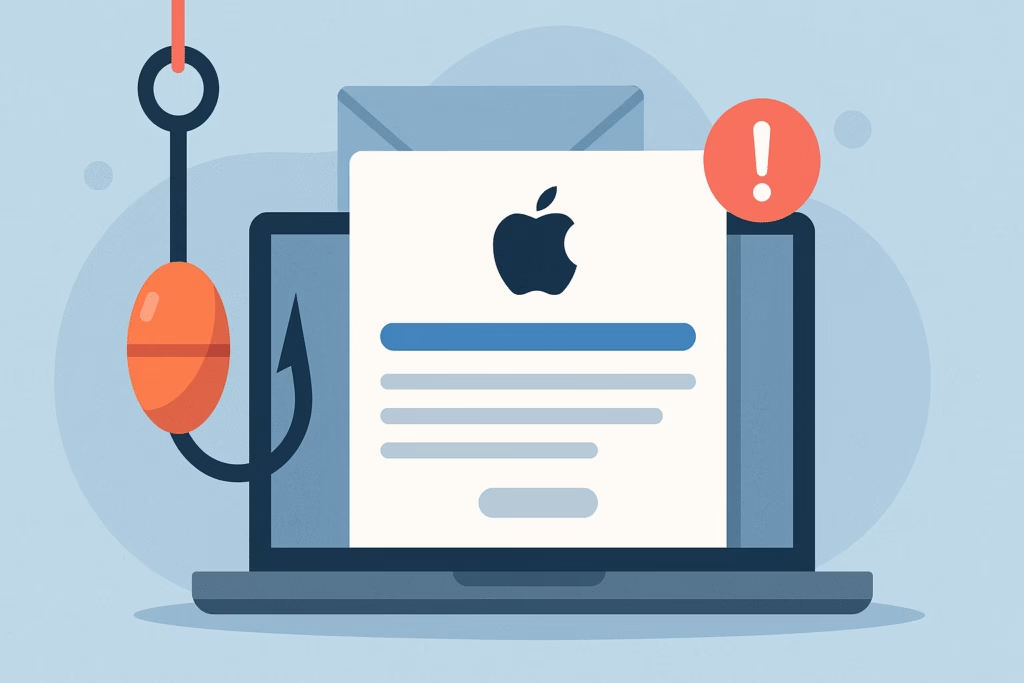
Introduction
Cloud storage services like Dropbox have become indispensable for businesses and individuals alike. Unfortunately, the rise of Dropbox phishing emails and Dropbox email phishing scams threatens account security and sensitive data. According to the Verizon 2023 Data Breach Investigations Report, phishing was involved in 83% of breaches. In this article, we’ll explore how to identify and prevent cloud storage phishing attempts, share step-by-step guidance to secure your Dropbox account, and explain how PhishDef enhances your defenses.
Understanding Dropbox Email Phishing
Phishing refers to fraudulent attempts to obtain sensitive information by impersonating a trusted service. In the case of Dropbox, attackers craft convincing emails that ask users to “verify” accounts, “review” shared files, or reset passwords. These messages often include links to spoofed login pages designed to harvest credentials.
- Prevalence: A 2022 report by Cisco revealed that 1 in 99 emails contains a phishing link.
- Target: Both free and paid Dropbox accounts are targeted, with attackers leveraging stolen credentials in credential-stuffing attacks.
- Impact: Compromised Dropbox accounts can lead to data theft, ransomware deployment, and unauthorized sharing of confidential files.
Common Dropbox Phishing Email Scenarios
Recognizing typical phishing tactics is key to prevention. Below are the most common scenarios:
Spoofed Dropbox Notifications
- Subject line: “Your Dropbox account has been paused”
- Content: Urgent request to confirm identity or risk account suspension
- Red flag: Links that point to non-Dropbox domains (e.g., dropbox.verify-login.com)
Fake Shared File Links
- Subject line: “John Doe has shared an important file with you”
- Content: Button or link labeled “View Document” leading to a credential-capture page
- Red flag: Suspicious URL parameters or request for additional personal details beyond a login
Best Practices to Protect Your Dropbox Account
Implementing layered defenses drastically reduces the risk of falling victim to Dropbox email phishing schemes:
-
Enable Two-Factor Authentication (2FA)
- Use an authenticator app (e.g., Google Authenticator) or hardware token (e.g., YubiKey).
-
Use Unique, Strong Passwords
- Employ a password manager (e.g., 1Password) to generate complex credentials.
-
Verify Email Authenticity
- Inspect the sender’s domain; legitimate Dropbox emails come from @dropbox.com.
- Hover over links to confirm they direct to dropbox.com or dropboxapi.com.
-
Keep Software Updated
- Apply security patches to your OS, browser, and Dropbox desktop app promptly.
-
Implement Network Defenses
- Use a VPN on public Wi-Fi and enforce secure DNS (e.g., Cloudflare 1.1.1.1).
-
Deploy Anti-Phishing Solutions
- Consider advanced tools like PhishDef, which block malicious links and provide real-time threat intelligence.
Step-by-Step: Enable Two-Factor Authentication
- Log in to your Dropbox account at dropbox.com/account/security.
- Under “Two-step verification,” click Enable.
- Choose your 2FA method (SMS, authenticator app, or security key) and follow on-screen instructions.
- Save your backup codes in a secure location.
Step-by-Step: Recognize a Phishing Email
- Check the sender’s address for typos or extra characters (e.g., dropb0x.com).
- Look for generic greetings like “Dear user” instead of your name.
- Hover over links to view the destination URL without clicking.
- Beware of urgent language and threats of account suspension.
- When in doubt, navigate directly to dropbox.com rather than clicking email links.
Real-World Case Studies
Case Study 1: Corporate Data Leak via Compromised Dropbox
A mid-sized marketing agency fell victim to a Dropbox phishing campaign that delivered fake “invoice” notifications. Employees clicked malicious links and entered credentials on a replica Dropbox login page. Attackers accessed sensitive client proposals and confidential contracts. The breach cost over $75,000 in remediation and customer compensation.
Case Study 2: PhishDef Prevents Credential Theft
An enterprise client deployed PhishDef’s browser plugin and email gateway integration. When a user received a phishing email disguised as a Dropbox password reset, PhishDef flagged the suspicious link and quarantined the message. The user was alerted before any credentials were entered, preventing a potential breach.
Why Enterprises Should Choose PhishDef
- Real-Time Link Analysis: PhishDef scans URLs for malicious indicators before they’re clicked.
- Advanced Threat Intelligence: Leverages machine learning and threat feeds to identify novel Dropbox phishing emails.
- User Training & Simulation: PhishDef’s interactive modules educate employees on spotting suspicious emails.
- Detailed Reporting: Provides dashboards and alerts to track phishing attempts targeting Dropbox.
Key Takeaways
- Phishing remains the top vector for Dropbox account compromises.
- Enable two-factor authentication, use strong passwords, and verify email senders.
- Educate users with regular training and phishing simulations.
- Deploy specialized anti-phishing solutions like PhishDef to stop threats before they reach inboxes.
Call to Action
Protect your organization’s cloud storage from sophisticated phishing attacks. Start a free trial of PhishDef today and see how easy it is to secure your Dropbox accounts with real-time threat detection and user training. Don’t wait—every missed phishing email is a potential breach. Sign up now and safeguard your data.


